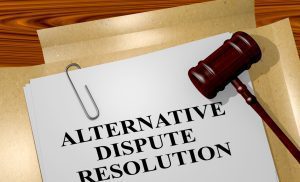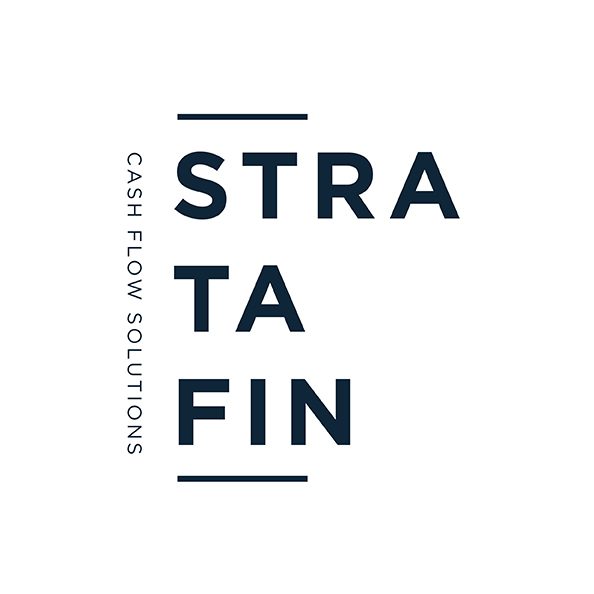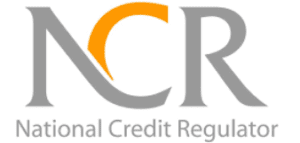Introduction
In part 1 of this series of two articles, we established that in order to increase body corporate cash flow, the trustees must collect from the member’s funds sufficient to cover the scheme’s estimated annual operating costs, and to collect and save funds in the reserve fund that are reasonably sufficient to cover the cost of future maintenance and repair of the common property. However, the trustees are tasked with doing all things reasonably necessary for the control, management, and administration of the common property in the interest and the benefit of the body corporate. This broad statutory function could include maximizing the scheme’s money in the bank, or reducing or subsidizing the member’s levy responsibility.
In this article, I will discuss some other ways in which bodies corporate can inject cash into their funds and, as a result, increase the investment value of the scheme. I will also set out the effects of doing so, for example, the tax implications and distributions of profit.
Sale or let units
In terms of section 4(b) of the STSM Act bodies corporate have the power to purchase or otherwise acquire, take transfer of, mortgage, sell, give transfer of or hire or let units. Although the sale, mortgage, transfer, or letting of a body corporate unit will inject cash into the scheme, it can only be achieved under the authority of a special resolution, and additionally only when essential for the proper fulfillment of its duties.
Alienation and letting of common property
Section 17 of the Sectional Titles Act 95 of 1986 read with section 5(1)(a) of the STSM Act allows the body corporate to alienate or let common property or parts thereof under a long-term lease (for more than 10 years). This process can generate income (capital or rental) for the body corporate. The alienation or term letting of common property is more legally complicated and requires the following:
- A unanimous resolution of the body corporate.
- The authorization needs to be certified by two trustees.
- Where the transaction must be notarially executed, the authorization certified must be produced to the notary public and retained by him/her.
- Various other legal procedures involving the Registrar of Deeds, the Surveyor General, and local authorities
Letting parts of common property out
Section 4(h) of the STSM Act gives the body corporate the power to let a portion of the common property to any such owner or occupier by means of a short-term (less than ten years) lease on the authority of a special resolution. This is another way in which the body corporate can generate additional income. An example would include letting of portions of the common property, such as parking bays and storerooms.
Servitudes
In terms of section 29 of the ST Act and section 5(1)(g) of the STSM Act, the body corporate may enter into servitude, or other restrictive agreement, either burdening or benefiting the common property. This can only be achieved under the authority of a special resolution. An example of a situation where a servitude burdening the common property would be the case of an agreement with a cellular phone company to use a portion of the roof space of the building to install a cellphone mast in exchange for a monthly fee.
Membership fees for use of communal amenities
In upmarket schemes, it is not uncommon to charge members fees for use of communal facilities such as clubhouses, golf course memberships, and gym facility use. It is important to note that these membership fees need to be provided for in the scheme’s rules and should be applied, apportioned, and collected in an equitable manner.
Creating and allocating exclusive use areas
Many schemes have unregulated common property that can be allocated to owners for their exclusive use. Examples of such areas are gardens adjacent to units, patios and balconies, parking bays and garages, and storerooms. The cheapest way to achieve the creation and allocation of exclusive use areas is by creating exclusive rules in terms of sections 10(7) and (8) of the STSM Act. The cost of doing so, as well as a reasonable cost for being allowed such exclusive use can be collected from the member to whom such exclusive use was granted.
Furthermore, it is important to note that section 3(1)(c) of the STSM Act requires the body corporate to collect from the owners of sections entitled to the right of exclusive use of a part of the common property such additional contribution to the funds as is estimated necessary to defray the costs of rates and taxes, insurance and maintenance in respect of any such part, including the provision of electricity and water.
Distribution of profits
An important consideration is that owners may be hesitant to inject too much additional money into the scheme’s funds as there is a restriction on the distribution of the scheme’s profits or gains. PMR 21(2)(c) states that:
“The body corporate must not distribute to a member or any other person any portion of the body corporates profits or gains except
(i) upon destruction or deemed destruction of the buildings, or
(ii) where such profit or gain is of a capital nature.”
Tax implications
It is always important to consider the tax implications on bodies corporate when it is exercising its functions or powers in generating funds. Here are the most important tax implications:
- Contributions and exclusive use contributions are exempt from tax.
- Tax is only payable on income other than contributions and exclusive use contributions.
- Where the body corporate makes a profit it will be required to pay income tax.
- Where the body corporate makes a profit of a capital nature, it may be required to pay capital gains tax. For example, if it sells a unit owned in the body corporate’s name.
Conclusion on body corporate cash flow
As these articles have illustrated there are many options available to bodies corporate for the injection of cash or funds into the scheme. The manner and method chosen by the trustees to maximise scheme income will depend on various factors or considerations such as:
- The financial investment skills, qualifications, and savviness of the trustees.
- The ability to obtain the necessary and applicable authorization or resolution from the body corporate.
- The financial capacity of the individual members.
- Whether the scheme is located in an upmarket location.
- The available amenities of the scheme.
Written by Dr. Carryn Melissa Durham of Stratafin.













